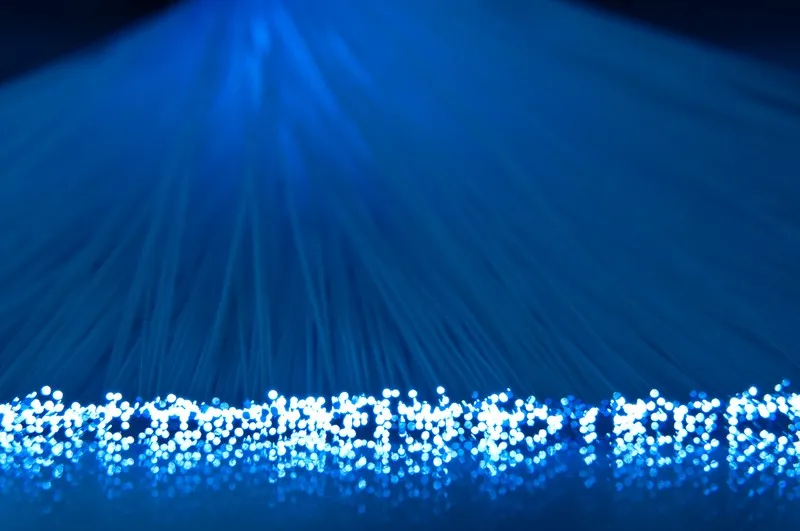CCTV specialist Anthony O' Brien has joined the company and will be working with bus companies to implement digital video recording technology to augment passenger safety and asset security. Through using this technology, the systems will record key data along with hi-definition imagery, along with live view connectivity.
The surveillance systems will communicate with depot-based shared wireless networks and include an operator-user interface that integrates legacy technology via a single application. This procedure ensures that video from each source can be requested, reviewed and prepared as evidence packages through a standard process.
All operations, including on-bus and depot infrastructure, are supported by Parkeon through a service level agreement with 24/7 access to a national network of 80 specialist technicians and maintenance engineers.
Parkeon Transportation partners Timepsace on vehicle surveillance
Parkeon Transportation has partnered with technology provider Timespace to expand the company's integration capability into on-vehicle surveillance. CCTV specialist Anthony O' Brien has joined the company and will be working with bus companies to implement digital video recording technology to augment passenger safety and asset security. Through using this technology, the systems will record key data along with hi-definition imagery, along with live view connectivity.
October 6, 2017
Read time: 1 min
Related Content












